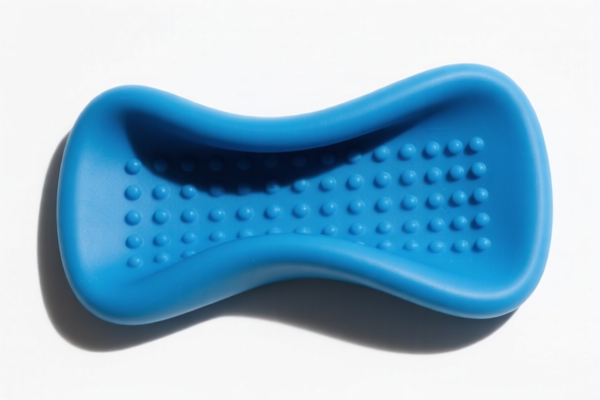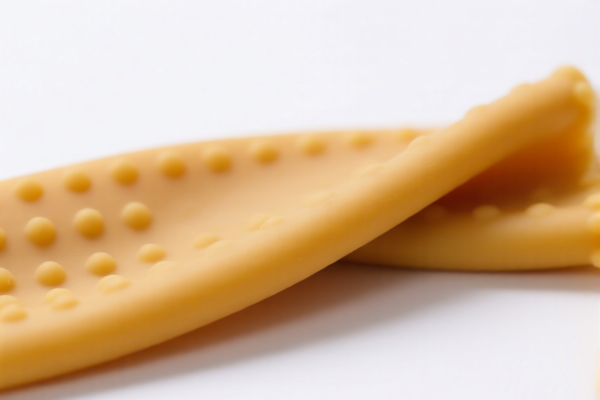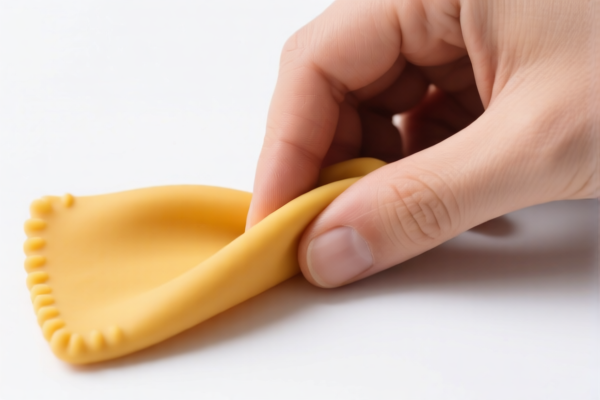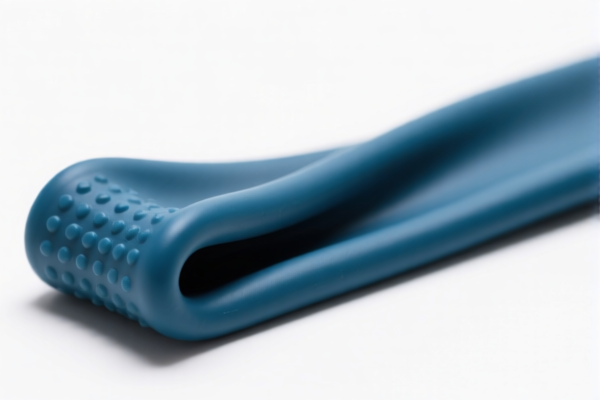| HS Code | Official Doc | Tariff Rate | Origin | Destination | Effective Date |
|---|---|---|---|---|---|
| 4016991000 | Doc | 40.8% | CN | US | 2025-05-12 |
| 4016996050 | Doc | 57.5% | CN | US | 2025-05-12 |
| 4005910000 | Doc | 55.0% | CN | US | 2025-05-12 |
| 4005990000 | Doc | 55.0% | CN | US | 2025-05-12 |
| 3926904000 | Doc | 32.8% | CN | US | 2025-05-12 |
| 3926909905 | Doc | 42.8% | CN | US | 2025-05-12 |
| 3901901000 | Doc | 55.0% | CN | US | 2025-05-12 |
| 3901905501 | Doc | 61.5% | CN | US | 2025-05-12 |
| 8548000000 | Doc | 55.0% | CN | US | 2025-05-12 |
| 4005100000 | Doc | 55.0% | CN | US | 2025-05-12 |




Release Button Rubber
A release button rubber, commonly referred to as a silicone release button or simply a button rubber, is a small, flexible component used in a variety of applications to provide tactile feedback and secure the release of mechanisms.
Material
The primary material used in manufacturing release button rubbers is silicone rubber. This is due to several key properties:
- Elasticity: Silicone rubber exhibits excellent elasticity, allowing it to be repeatedly compressed and return to its original shape without deformation.
- Temperature Resistance: It can withstand a wide range of temperatures without losing its properties, making it suitable for diverse environments.
- Chemical Resistance: Silicone is resistant to many chemicals, oils, and solvents.
- Durability: Offers a long lifespan with good resistance to wear and tear.
- Tactile Feel: Provides a soft, responsive touch.
- Electrical Insulation: Silicone is a good electrical insulator.
Other materials, though less common, can include:
- Natural Rubber: Used in some applications where cost is a primary concern, but lacks the temperature and chemical resistance of silicone.
- Polyurethane: Offers higher abrasion resistance but may be less flexible than silicone.
Purpose
The core purpose of a release button rubber is to:
- Secure Mechanisms: Hold components in place, often latching or locking them.
- Provide Tactile Feedback: Offer a distinct physical response when pressed, confirming activation or release.
- Dampen Vibration: Reduce noise and vibration during operation.
- Protect Internal Components: Act as a barrier against dust, moisture, and other contaminants.
Function
Release button rubbers function by utilizing their elasticity. When pressed, they deform, allowing a mechanism to disengage. The restoring force of the rubber provides a positive detent, keeping the mechanism secured until intentionally released. They often work in conjunction with a button housing and a corresponding plunger or latch.
Usage Scenarios
These rubbers are found in a wide range of applications, including:
- Automotive Industry: Used in gear shifters, parking brake release buttons, and various control panels.
- Electronics: Found in remote controls, keyboards, and membrane switches.
- Medical Devices: Employed in surgical instruments, pumps, and other medical equipment.
- Industrial Equipment: Used in machinery controls, valve actuators, and safety devices.
- Consumer Products: Found in appliances, toys, and power tools.
- Aerospace: Used in aircraft controls and instrumentation.
Common Types
Release button rubbers are categorized based on several factors:
- Shape: Round, square, rectangular, custom shapes.
- Size: Varying diameters and thicknesses depending on the application.
- Durometer: Measured on the Shore A scale, indicating hardness. Softer rubbers (lower durometer) provide more tactile feel, while harder rubbers (higher durometer) offer greater durability.
- Key Features:
- With/Without Flange: Flanges provide a secure mounting surface.
- With/Without Ribs: Ribs enhance stability and prevent deformation.
- With/Without Texture: Textures improve grip and tactile feedback.
- Color: Available in a wide range of colors for identification and aesthetic purposes.
- Manufacturing Process:
- Compression Molding: Most common method for high-volume production.
- Liquid Silicone Rubber (LSR) Injection Molding: Used for complex geometries and tight tolerances.
Based on the provided information, “release button rubber” can be classified under several HS codes, depending on its specific composition and application. Here’s a breakdown of potential classifications:
-
4016991000: This code covers “Other articles of vulcanized rubber other than hard rubber: Other: Other: Handles and knobs”. If the “release button rubber” functions as a handle or knob component, this is a relevant classification. The total tax rate is 40.8%, comprised of a 3.3% base tariff, a 7.5% additional tariff, and a 30% additional tariff applicable after April 2, 2025.
-
4005100000: This code applies to “Articles of vulcanized rubber other than hard rubber, with reinforcement of textile fabric”. If the rubber button includes textile reinforcement, this code is applicable. The total tax rate is 55.0%, consisting of a 0.0% base tariff and a 25.0% additional tariff, increasing to 30% after April 2, 2025.
-
4005910000: This code covers “Compounded rubber, unvulcanized, in primary forms or in plates, sheets or strip: Other: Plates, sheets, and strip”. If the rubber button is supplied as a plate, sheet, or strip for further manufacturing, this code may be suitable. The total tax rate is 55.0%, with a 0.0% base tariff and a 25.0% additional tariff, rising to 30% after April 2, 2025.
-
4005990000: This code covers “Compounded rubber, unvulcanized, in primary forms or in plates, sheets or strip: Other: Other”. If the rubber button is unvulcanized and supplied in a form not specifically categorized as plates, sheets, or strips, this code could apply. The total tax rate is 55.0%, consisting of a 0.0% base tariff and a 25.0% additional tariff, increasing to 30% after April 2, 2025.
Important Considerations:
- Vulcanization Status: The tax rate differs significantly based on whether the rubber is vulcanized or unvulcanized.
- Reinforcement: If the rubber button contains textile reinforcement, HS code 4005100000 becomes relevant.
- Form of Supply: The form in which the rubber button is supplied (e.g., as a finished component, a plate, or a strip) impacts the appropriate HS code.
- Additional Tariff: Please note that an additional tariff of 30% will be applied to several of these HS codes after April 2, 2025.
Customer Reviews
No reviews yet.